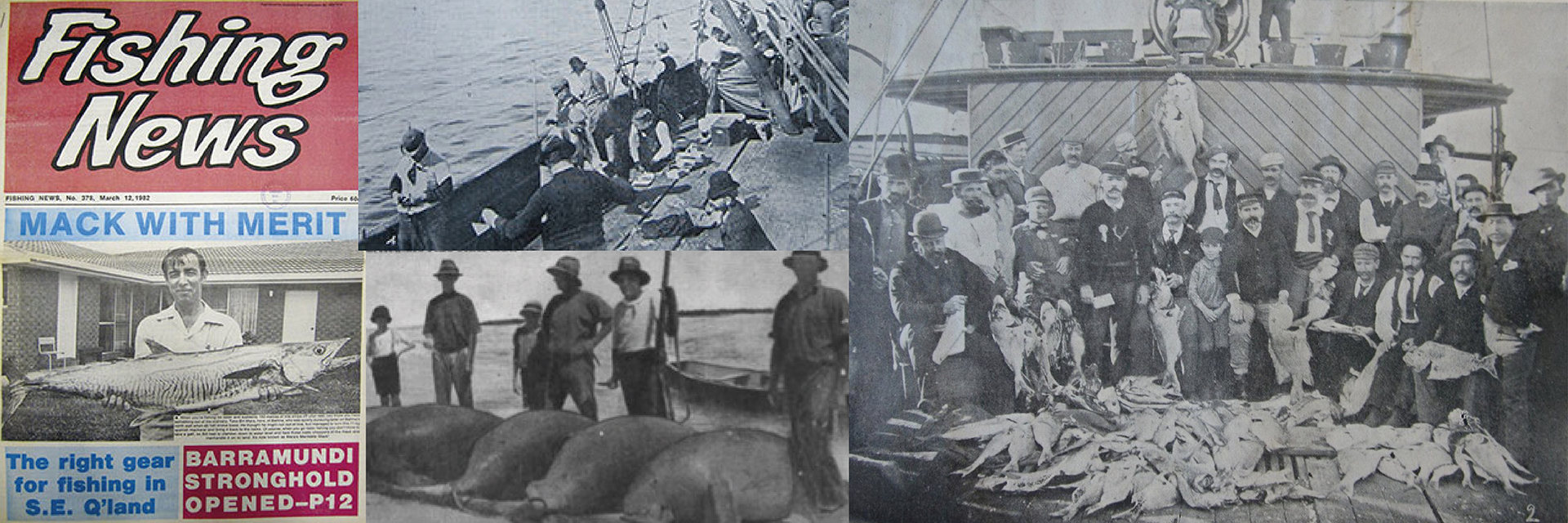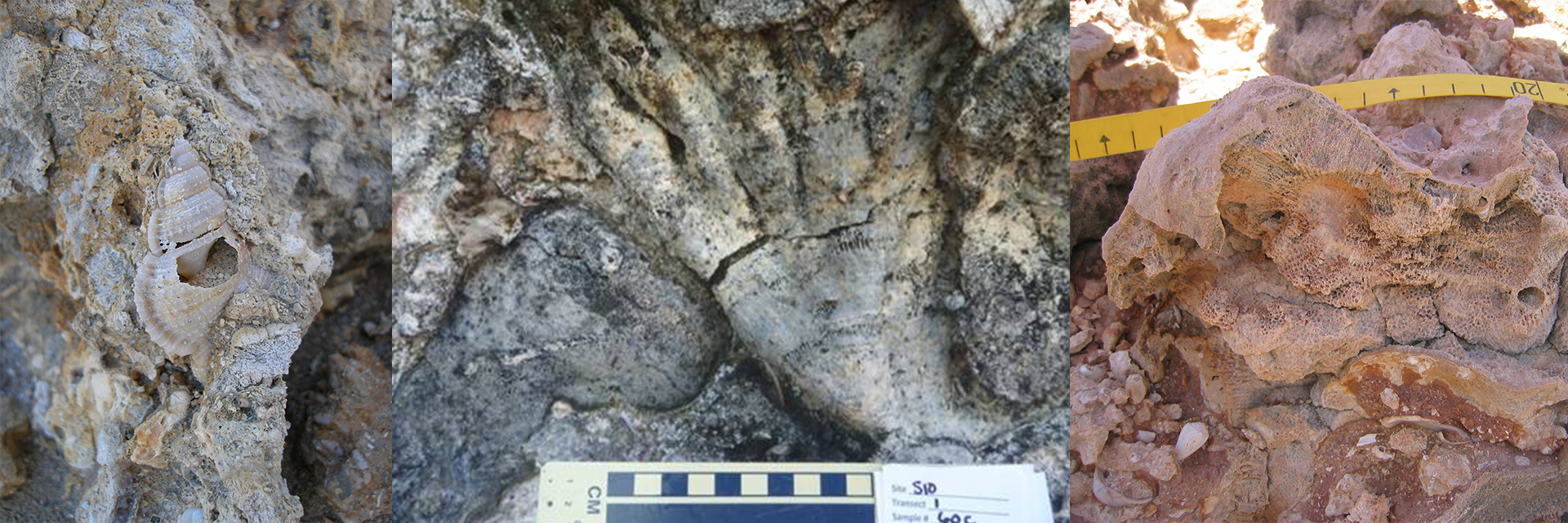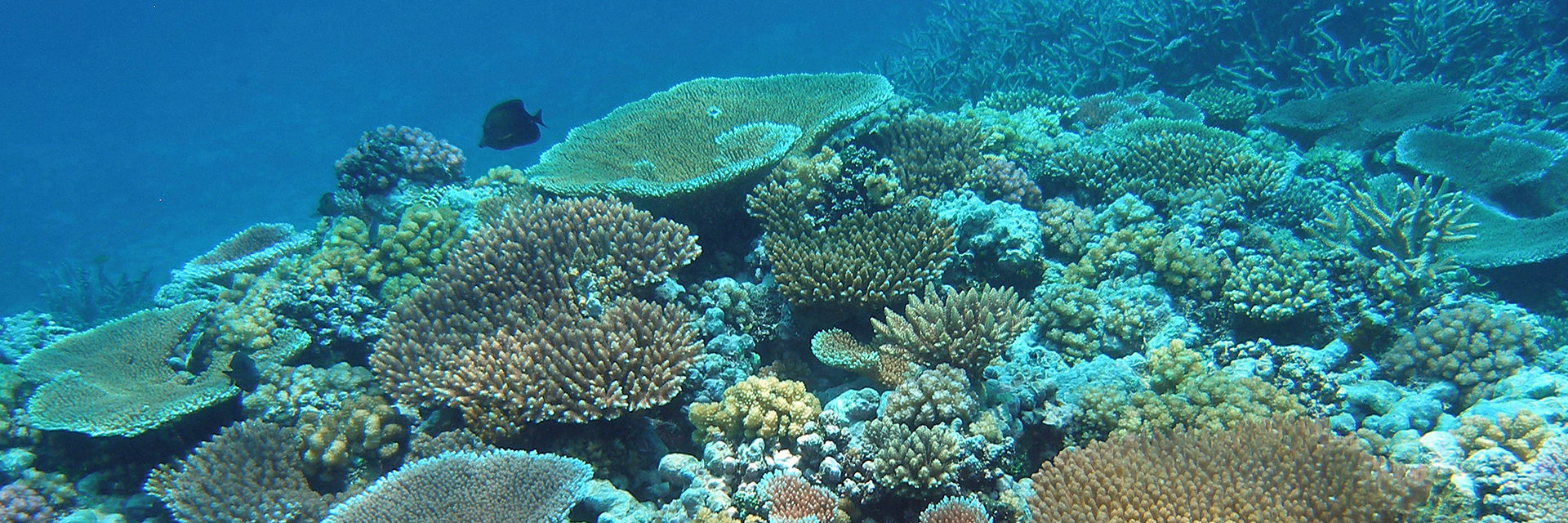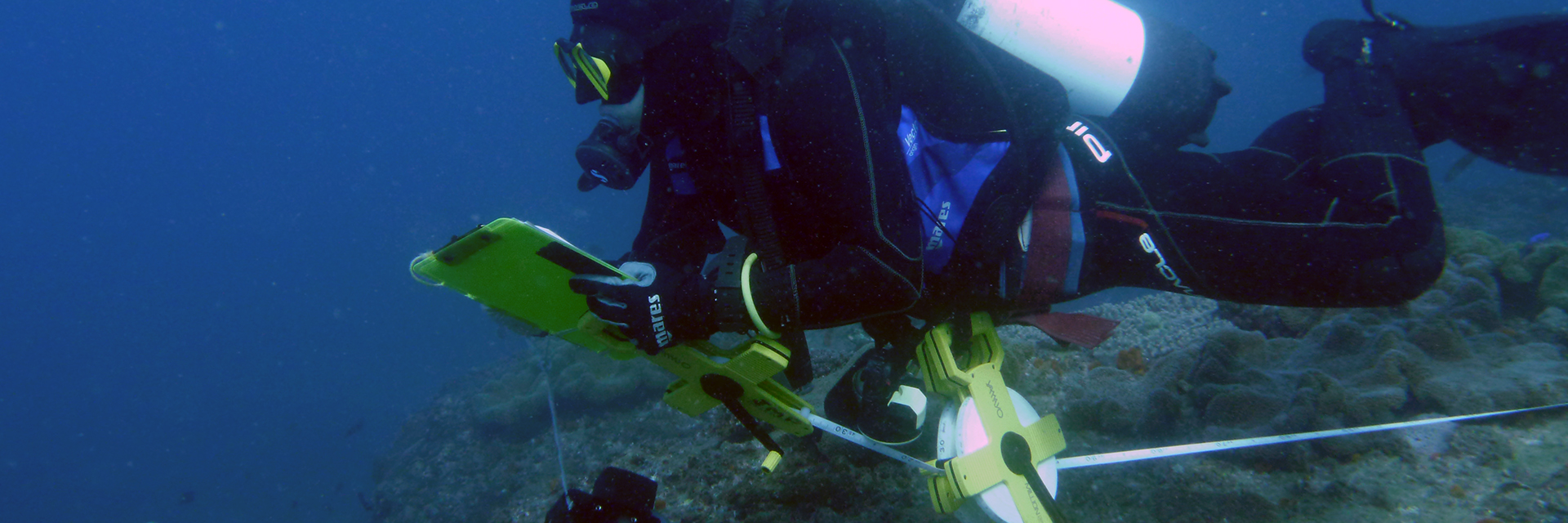We use historical events and diverse ecological data sets to tease apart anthropogenic from natural factors that have or may influence present coral reef biodiversity. Data obtained from the Quaternary fossil record (past 2 MA), archaeological records (thousands to tens of thousands of years), historical records, government records of fishing practices and stocks, environmental proxies derived from living and fossil corals, and modern ecological surveys provide a holistic view of changing environments and ecology on coral reefs against which the acquisition of present changes can be evaluated. Correlation of species or ecosystem decline with specific human and environmental impacts over time provides insight into the processes that are most important in the degradation of marine ecosystems. When these processes are uncovered, specific steps can be taken to ameliorate or reverse the decline.
1) Historical ecology of coral reef communities form the inshore Great Barrier Reef and SE Queensland
Researchers:John Pandolfi, Tara Clark, Paola G. Rachello-Dolmen, Alberto Rodríguez-Ramírez, Ian R. Butler, Mauro Lepore, Hannah Markham, Martina de Freitas Prazeres
2) Historic population size of Australian marine fisheries and megafauna
Researchers:John Pandolfi, Ruth H. Thurstan, Sarah Buckley
Researchers:John Pandolfi, Maria Gomez-Cabrera
4) Millennium-scale records of temporal and spatial distribution patterns of large benthic foraminifera in the innershore reefs on Wet Tropics, central Great Barrier Reef
The central part of the Great Barrier Reef (GBR) is highly impacted by increased terrestrial runoff since European settlement. This terrestrial runoff and the associated rise in sediment and nutrient flux into the GBR is contributing to reef degradation. Foraminifera are single-celled protists that build a calcium carbonate shell, and abundant in the reef sediment. With short generation times, foraminifera respond rapidly to shifts in environmental conditions. Consequently, reef foraminifera communities that are subject to constant increases in nutrient flux favour proliferation of heterotrophic and stress-tolerant species that out compete photosymbiont-bearing foraminifera populations over time. Foraminifera community composition can thus be sensitive indicators of decline in environmental conditions linked to local impacts such as eutrophication as they respond more rapidly than do corals. Therefore, the aim of this project is to assess and compare the extent of variability in foraminifera community structure through time on inshore reefs of the Wet Tropics region.
Researchers: John Pandolfi, Martina de Freitas Prazeres






